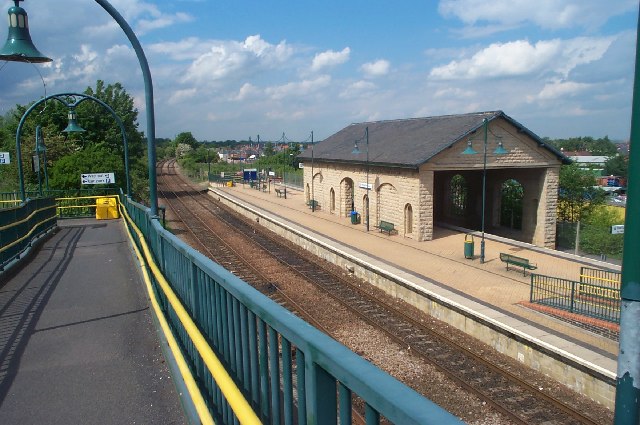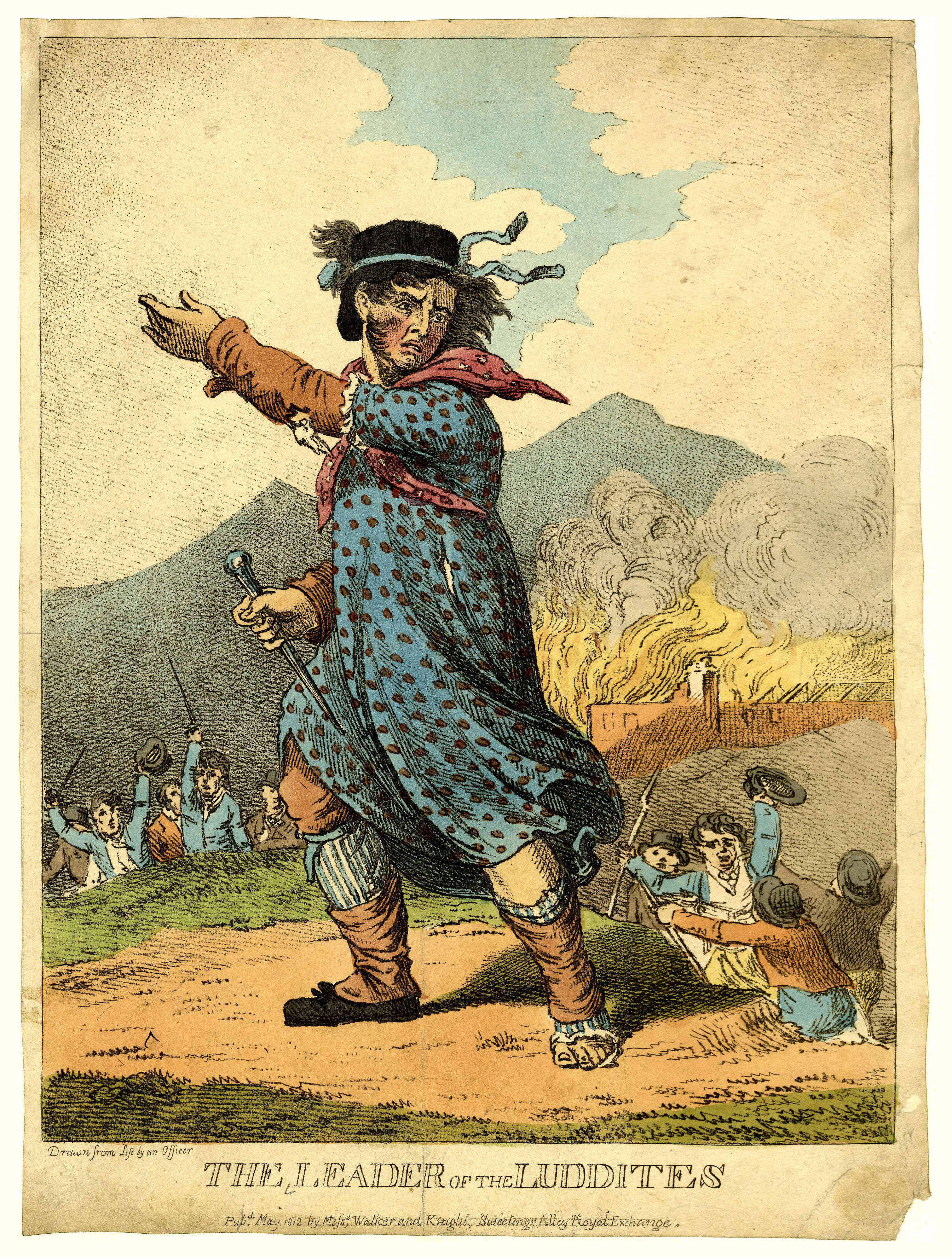|
Sykes Bleaching Company
The Sykes Bleaching Company was a cotton bleaching business established in Edgeley, near Stockport in 1792 which grew to become one of the largest bleaching enterprises in the United Kingdom. Origins The bleaching business was established in 1792 by William Sykes. Sykes had been born at Wakefield and had been active in the cloth industry at Halifax, West Yorkshire, Halifax and Manchester. On 27 November 1792 an advertisement appeared in the Manchester Mercury to let land at Edgeley, Stockport, Cheshire as An Eligible situation for Bleach Ground or Print Field in which there are a number of Fine White Sand Springs with a Rivulet capable of Turning Wash Wheels etc. The Grounds lie very contiguous to the populous Manufacturing Town of Stockport where Bleachers and Printers are both much wanted and every encouragement will be given to a good tenant William Sykes took the land, first renting, but later purchasing it, and built a bleach works. To bleach cloth, it was repeatedly stee ... [...More Info...] [...Related Items...] OR: [Wikipedia] [Google] [Baidu] |
Thomas Hardcastle Sykes
Thomas Hardcastle Sykes (15 February 1833 – 25 April 1901) was an English bleacher and businessman and was High Sheriff of Cheshire. Sykes was born at Edgeley House Stockport, the third son of Richard Sykes, owner of the Sykes Bleaching Company, and his wife Jane Hardcastle. He went to Rugby School and then joined the family bleaching business. He was involved in several successful business speculations. Sykes was a Justice of the Peace, J.P. and Deputy Lieutenant of Cheshire and was High Sheriff of Cheshire in 1899. He was also a captain in the 20th Cheshire Royal Volunteers. Sykes lived at Cringle House on Schools Hill Cheadle, Greater Manchester, Cheadle, where he died aged 68. He was buried in a family vault with his wife in Cheadle St Mary's Parish Church graveyard Sykes married Mary Platt, daughter of John Platt (MP), John Platt, of Platt Brothers textile manufacturer and MP for Oldham. She was born 3 February 1844 and died 22 August 1875. Their son Sir Alan Sykes, 1st Ba ... [...More Info...] [...Related Items...] OR: [Wikipedia] [Google] [Baidu] |
Cheadle Hulme
Cheadle Hulme () is a suburb in the large village of Cheadle, Greater Manchester, Cheadle in the Metropolitan Borough of Stockport, Greater Manchester, England. It lies in the Historic counties of England, historic county of Cheshire, south-west of Stockport and south-east of Manchester. In 2011, it had a population of 26,479. Evidence of Bronze Age, Roman Britain, Roman and Anglo-Saxon activity, including coins, jewellery and axes, have been discovered locally. The area was first mentioned in the Domesday Book of 1086 when it was a large estate which included neighbouring Cheadle, Greater Manchester, Cheadle. In the early 14th century, it was split into southern and northern parts at about the future locations of Cheadle Hulme and Cheadle respectively. The area was acquired by the Moseley family in the 17th century and became known as Cheadle Moseley. Unlike many English villages, it did not grow around a church; instead it formed from several hamlets, many of which retain the ... [...More Info...] [...Related Items...] OR: [Wikipedia] [Google] [Baidu] |
Industrial Revolution
The Industrial Revolution, sometimes divided into the First Industrial Revolution and Second Industrial Revolution, was a transitional period of the global economy toward more widespread, efficient and stable manufacturing processes, succeeding the Second Agricultural Revolution. Beginning in Kingdom of Great Britain, Great Britain around 1760, the Industrial Revolution had spread to continental Europe and the United States by about 1840. This transition included going from craft production, hand production methods to machines; new Chemical industry, chemical manufacturing and Puddling (metallurgy), iron production processes; the increasing use of Hydropower, water power and Steam engine, steam power; the development of machine tools; and rise of the mechanisation, mechanised factory system. Output greatly increased, and the result was an unprecedented rise in population and population growth. The textile industry was the first to use modern production methods, and textiles b ... [...More Info...] [...Related Items...] OR: [Wikipedia] [Google] [Baidu] |
Companies Based In Stockport
A company, abbreviated as co., is a legal entity representing an association of legal people, whether natural, juridical or a mixture of both, with a specific objective. Company members share a common purpose and unite to achieve specific, declared goals. Over time, companies have evolved to have the following features: "separate legal personality, limited liability, transferable shares, investor ownership, and a managerial hierarchy". The company, as an entity, was created by the state which granted the privilege of incorporation. Companies take various forms, such as: * voluntary associations, which may include nonprofit organizations * business entities, whose aim is to generate sales, revenue, and profit * financial entities and banks * programs or educational institutions A company can be created as a legal person so that the company itself has limited liability as members perform or fail to discharge their duties according to the publicly declared incorporation pu ... [...More Info...] [...Related Items...] OR: [Wikipedia] [Google] [Baidu] |
Textile Companies Of The United Kingdom
Textile is an umbrella term that includes various fiber-based materials, including fibers, yarns, filaments, threads, and different types of fabric. At first, the word "textiles" only referred to woven fabrics. However, weaving is not the only manufacturing method, and many other methods were later developed to form textile structures based on their intended use. Knitting and non-woven are other popular types of fabric manufacturing. In the contemporary world, textiles satisfy the material needs for versatile applications, from simple daily clothing to bulletproof jackets, spacesuits, and doctor's gowns. Textiles are divided into two groups: consumer textiles for domestic purposes and technical textiles. In consumer textiles, aesthetics and comfort are the most important factors, while in technical textiles, functional properties are the priority. The durability of textiles is an important property, with common cotton or blend garments (such as t-shirts) able to last ... [...More Info...] [...Related Items...] OR: [Wikipedia] [Google] [Baidu] |
Alan Sykes
Sir Alan John Sykes, 1st Baronet (11 April 1868 – 21 May 1950) was an English businessman in the bleaching industry and Conservative Party (UK), Conservative politician in Cheshire. Biography Sykes was born at Cringle House Cheadle, Greater Manchester, Cheadle, the second son of Thomas Hardcastle Sykes of the Sykes Bleaching Company and his wife Mary Platt daughter of John Platt (MP), John Platt MP for Oldham. He was known as Jack. He was left motherless in 1875, and in 1881 went away to Rugby School, following his brothers and cousins. He then went to Oriel College, Oxford and while at Oxford joined the Freemasons, to which he remained deeply committed in his adult life. He entered the family bleaching company at the age of 23 and worked his way through the various departments of the bleachworks before becoming manager. Sykes played cricket for Cheshire Gentlemen and hunted with the Cheshire hounds. He became a Justice of the Peace in 1897 and was active in the 3rd Volunte ... [...More Info...] [...Related Items...] OR: [Wikipedia] [Google] [Baidu] |
John Dalton
John Dalton (; 5 or 6 September 1766 – 27 July 1844) was an English chemist, physicist and meteorologist. He introduced the atomic theory into chemistry. He also researched Color blindness, colour blindness; as a result, the umbrella term for red-green congenital colour blindness disorders is ''Daltonism'' in several languages. Early life John Dalton was born on 5 or 6 September 1766 into a Quaker family in Eaglesfield, Cumbria, Eaglesfield, near Cockermouth, in Cumberland, England. His father was a weaver. He received his early education from his father and from Quaker John Fletcher, who ran a private school in the nearby village of Pardshaw Young Friends' Centre, Pardshaw Hall. Dalton's family was too poor to support him for long and he began to earn his living, from the age of ten, in the service of wealthy local Quaker Elihu Robinson. Early career When he was 15, Dalton joined his older brother Jonathan in running a Quaker school in Kendal, Westmorland, about ... [...More Info...] [...Related Items...] OR: [Wikipedia] [Google] [Baidu] |
Mansfield Woodhouse
Mansfield Woodhouse is a town and civil parish in the Mansfield District, Mansfield district of Nottinghamshire, England. It is about north of Mansfield, along the main A60 road in a wide, low valley between the Rivers River Maun, Maun and River Meden, Meden.OS Explorer Map 270: Sherwood Forest: (1:25 000): Founded before the Roman Empire, it is noteworthy for its stone-built centre. Originally separate with its own Mansfield Woodhouse Urban District, urban district council, after continuous development it has become a part of the Mansfield Urban Area. After the Local Government Act 1972, Mansfield Woodhouse Urban District, Mansfield Woodhouse and Warsop Urban District, Warsop Urban District Councils merged with the Municipal Borough of Mansfield on 1 April 1974, to form a new local government area known as Mansfield. Mansfield Woodhouse's economy was traditionally based on the quarrying, mining, farming and textile industries. History Roman Period image:Roman Mosaic Pavement M ... [...More Info...] [...Related Items...] OR: [Wikipedia] [Google] [Baidu] |
Luddite
The Luddites were members of a 19th-century movement of English textile workers who opposed the use of certain types of automated machinery due to concerns relating to worker pay and output quality. They often destroyed the machines in organised raids. Members of the group referred to themselves as Luddites, self-described followers of " Ned Ludd", a legendary weaver whose name was used as a pseudonym in threatening letters to mill owners and government officials. The Luddite movement began in Nottingham, England, and spread to the North West and Yorkshire between 1811 and 1816. Mill and factory owners took to shooting protesters and eventually the movement was suppressed by legal and military force, which included execution and penal transportation of accused and convicted Luddites. Over time, the term has been used to refer to those opposed to the introduction of new technologies. Etymology The name Luddite () occurs in the movement's writings as early as 1811. The mo ... [...More Info...] [...Related Items...] OR: [Wikipedia] [Google] [Baidu] |
Sunset Over Sykes' Reservoir
Sunset (or sundown) is the disappearance of the Sun at the end of the Sun path, below the horizon of the Earth (or any other astronomical object in the Solar System) due to its rotation. As viewed from everywhere on Earth, it is a phenomenon that happens approximately once every 24 hours, except in areas close to the poles. The equinox Sun sets due west at the moment of both the spring and autumn equinoxes. As viewed from the Northern Hemisphere, the Sun sets to the northwest (or not at all) in the spring and summer, and to the southwest in the autumn and winter; these seasons are reversed for the Southern Hemisphere. The sunset is defined in astronomy the moment the upper limb of the Sun disappears below the horizon. Near the horizon, atmospheric refraction causes sunlight rays to be distorted to such an extent that geometrically the solar disk is already about one diameter below the horizon when a sunset is observed. Sunset is distinct from twilight, which is divided into thr ... [...More Info...] [...Related Items...] OR: [Wikipedia] [Google] [Baidu] |
Calcium Hypochlorite
Calcium hypochlorite is an inorganic compound with chemical formula , also written as . It is a white solid, although commercial samples appear yellow. It strongly smells of chlorine, owing to its slow decomposition in moist air. This compound is relatively stable as a solid and solution and has greater available chlorine than sodium hypochlorite. "Pure" samples have 99.2% active chlorine. Given common industrial purity, an active chlorine content of 65-70% is typical. It is the main active ingredient of commercial products called bleaching powder, used for water treatment and as a bleaching agent. History Charles Tennant and Charles Macintosh developed an industrial process in the late 18th century for the manufacture of chloride of lime, patenting it in 1799. Tennant's process is essentially still used today, and became of military importance during World War I, because calcium hypochlorite was the active ingredient in trench disinfectant. Uses Sanitation Calcium hypochlor ... [...More Info...] [...Related Items...] OR: [Wikipedia] [Google] [Baidu] |
Messina
Messina ( , ; ; ; ) is a harbour city and the capital city, capital of the Italian Metropolitan City of Messina. It is the third largest city on the island of Sicily, and the 13th largest city in Italy, with a population of 216,918 inhabitants in the city proper and about 595,948 in the metropolitan city as of 2025. It is located near the northeast corner of Sicily, at the Strait of Messina and it is an important access terminal to Calabria region, Villa San Giovanni, Reggio Calabria on the mainland. Founded by the Sicels with the name of ''Zancle'' in 757 BC, which in Siculian, their language meant sickle, it was repopulated by Greek colonisation, Greek colonists of Magna Graecia and renamed ''Messana''. The city was renamed ''Messina'' in the Byzantine Empire, Byzantine age. It was an important Roman Empire, Roman, and then Byzantine Empire, Greek-Byzantine city, but in 843 it was completely destroyed by the Arabs. Almost abandoned during the Islamic period, it rose again i ... [...More Info...] [...Related Items...] OR: [Wikipedia] [Google] [Baidu] |







